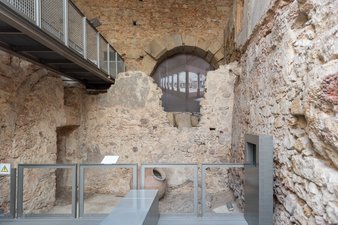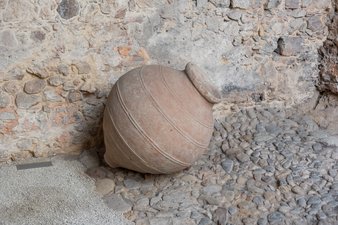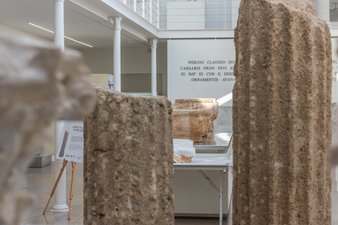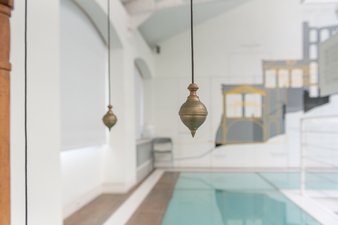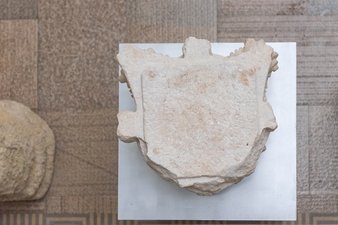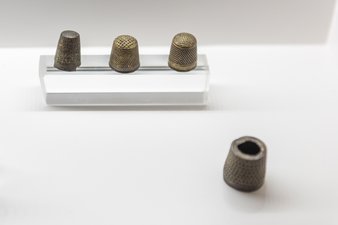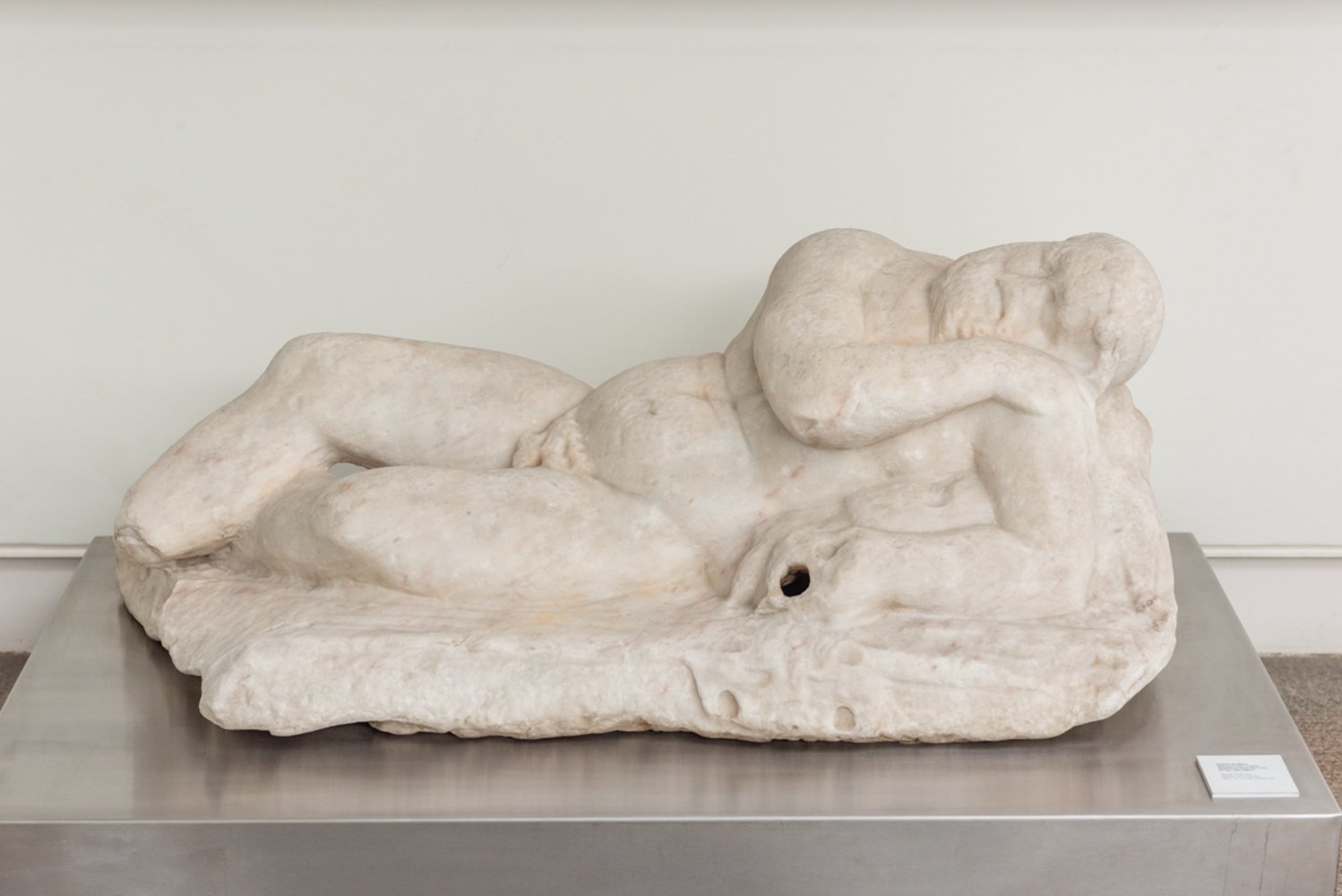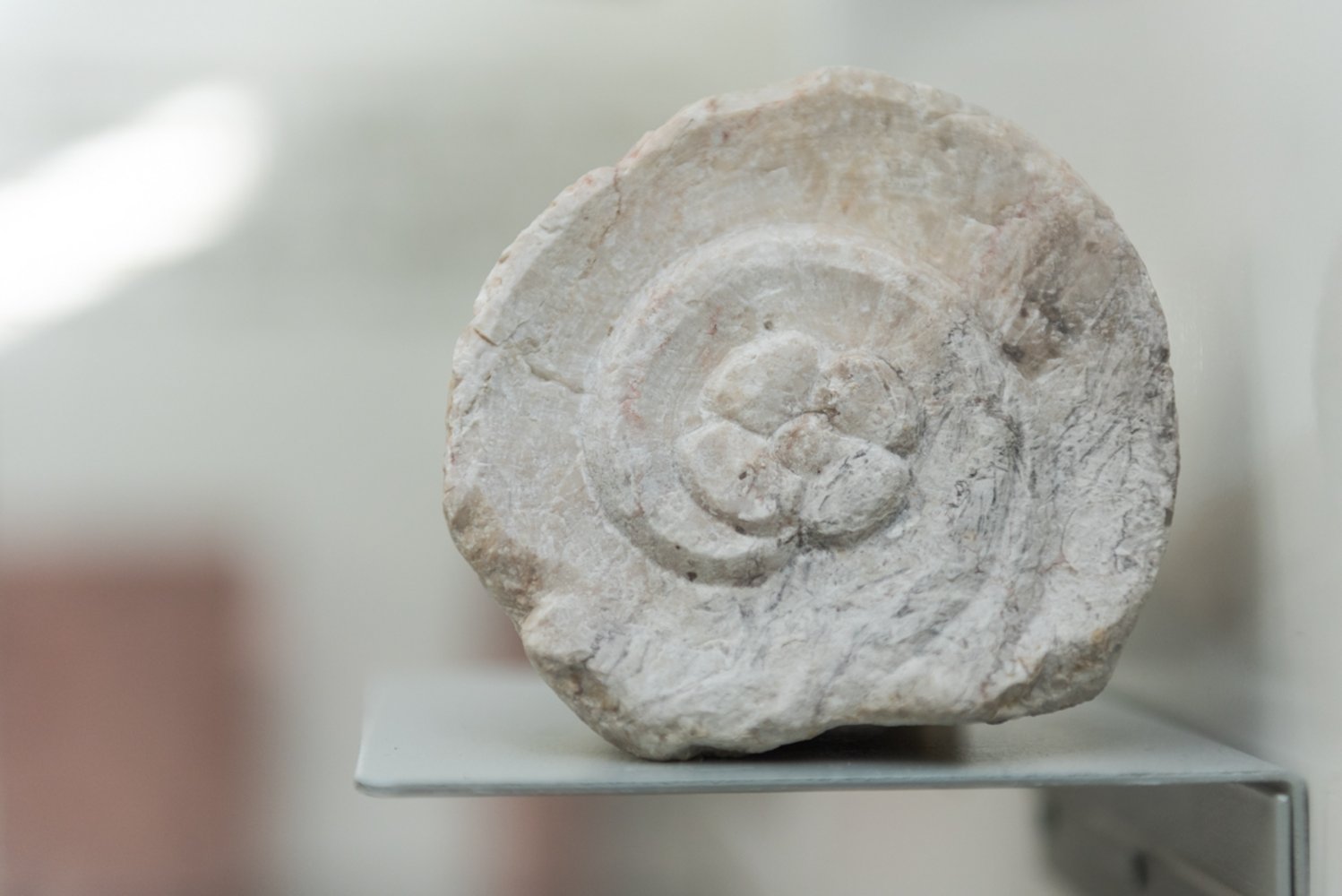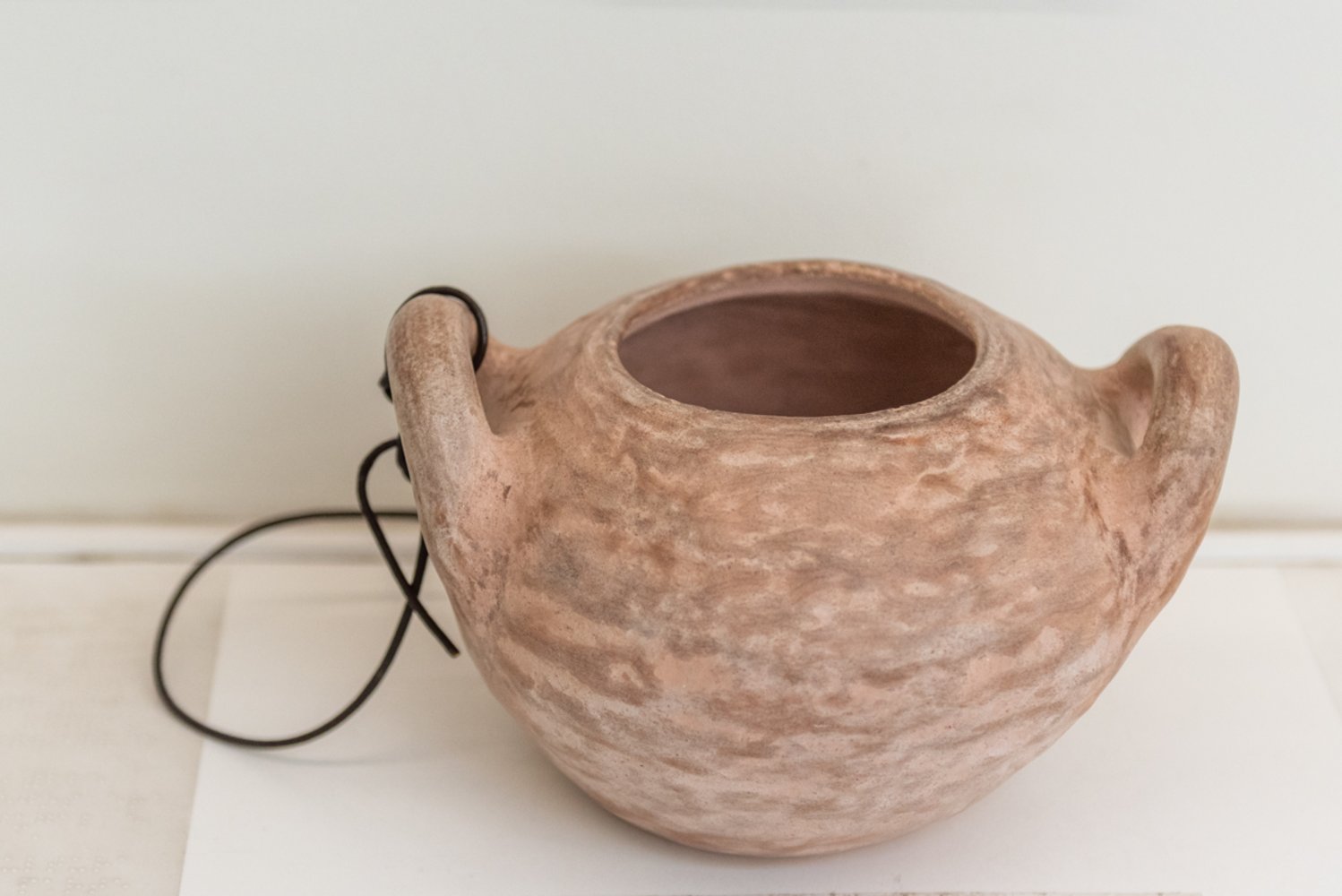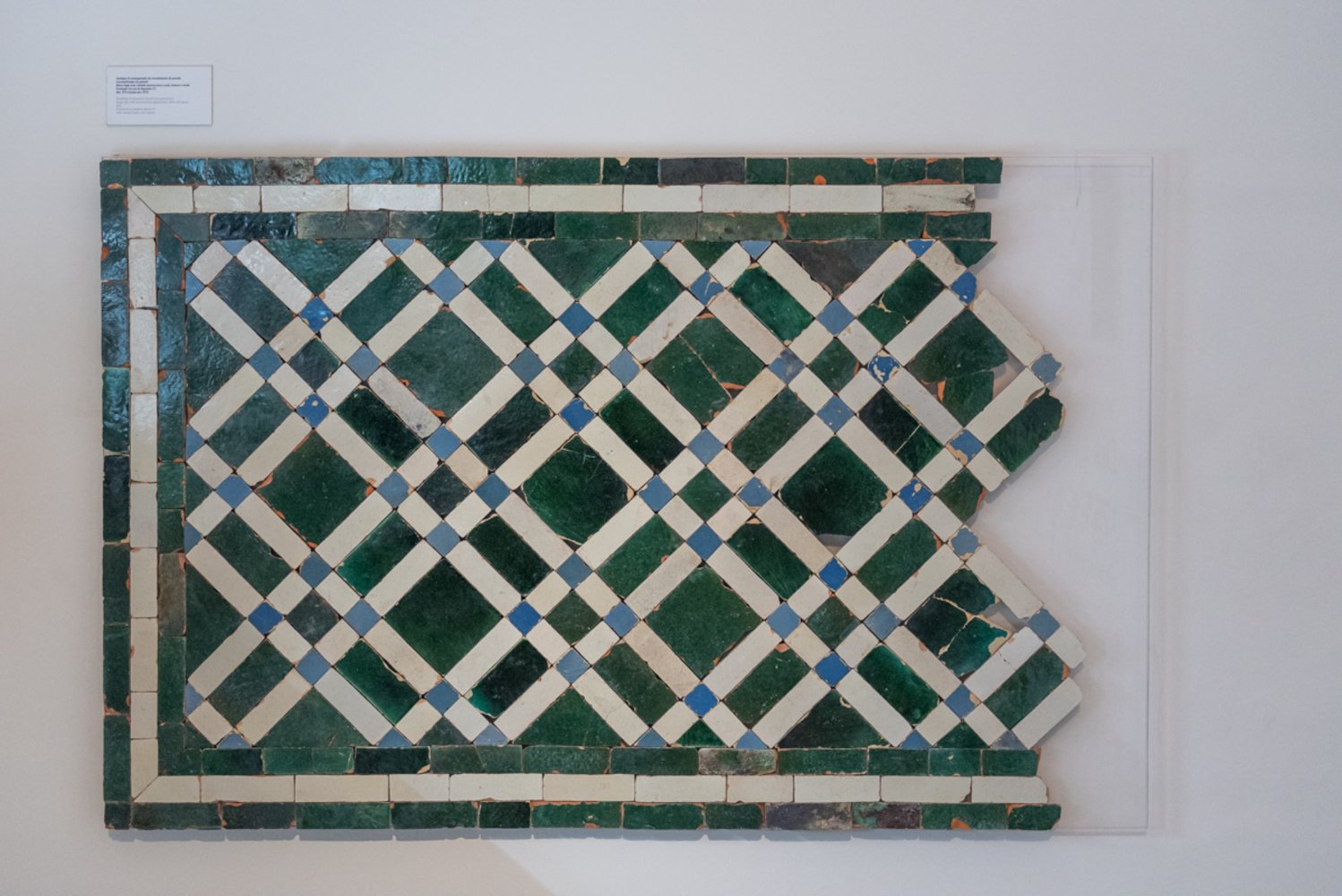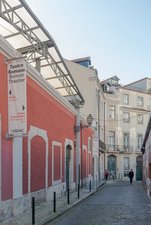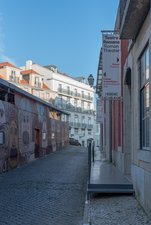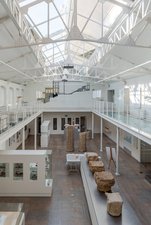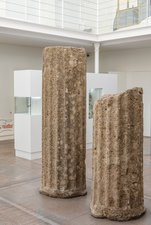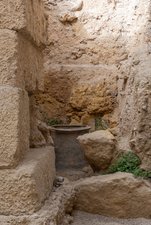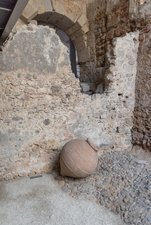Roman Theater
Lisbon unveils the ancient theater of Felicitas Iulia Olisipo
Theaters were the most democratic places in Roman cities. The entire population, rich and poor, slaves and citizens alike, entered them. It was this democratization of access to the theater that turned these buildings into icons of the Roman Empire, such as the Theatre of Olisipo, built 2000 years ago on the slopes of the Castle and with a capacity for around 4000 spectators.
The Roman Theatre was one of the first buildings to be erected in the new Roman city of Felicitas Iulia Olisipo (Lisbon), the name given by Emperor Augustus to the town that stood next to the Tagus River. A symbol of Rome's power and a penetrating mark of Romanization, the Theatre of Olisipo, built on top of a hill - halfway up the hill of the Castle of S. Jorge - was the most striking building in the urban landscape of the city ennobled by the Romans, thus recognized by the resident population and those arriving by river.
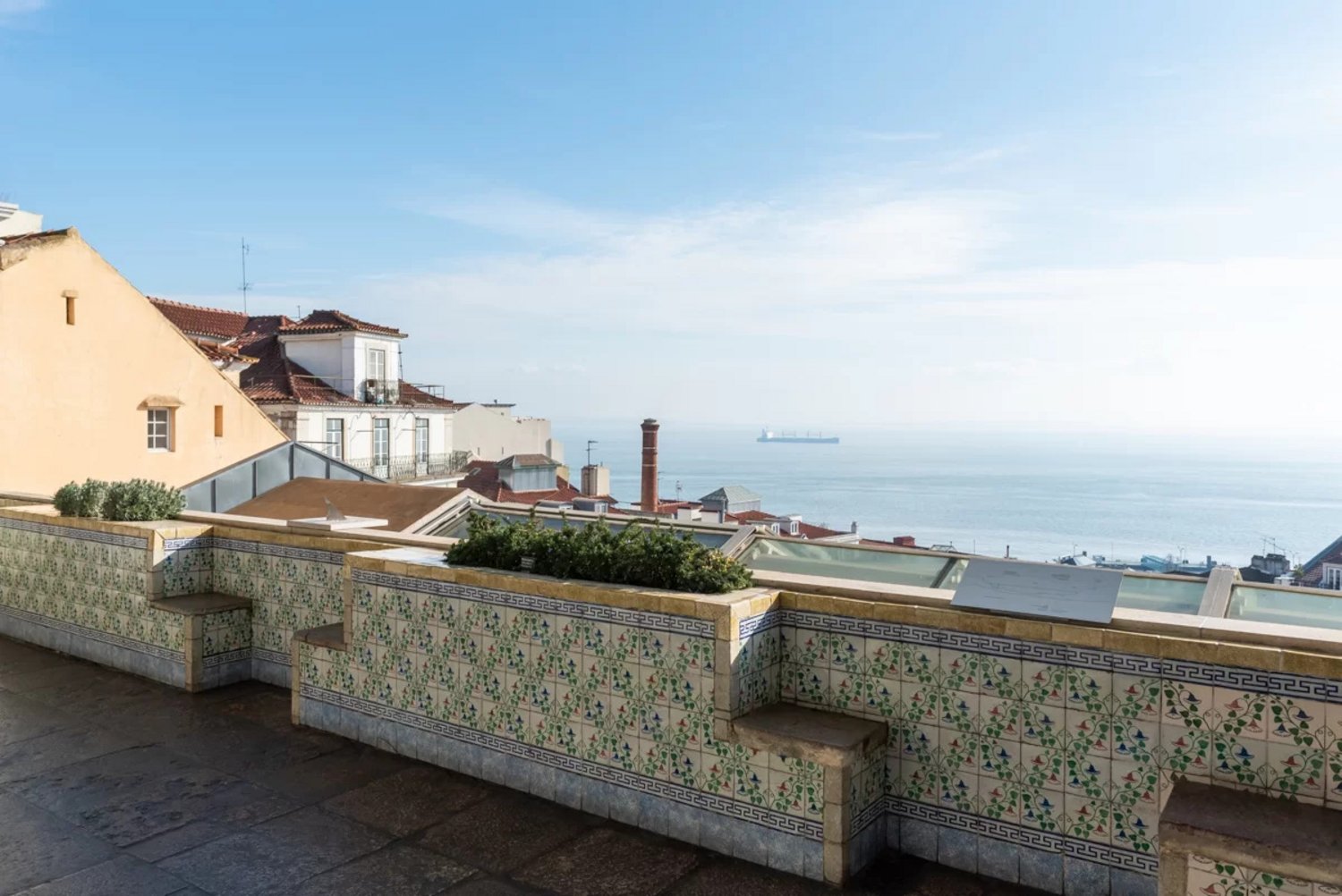
Lisbon Museum - Roman Theater
Located in the city's historic quarter, the Lisbon Museum is highlighting one of its sections to reveal what was once one of Olisipo's most important monuments: the Roman Theatre. The space dedicated to the theater is housed in two buildings from different periods, one from the 18th century and the other from the late 19th century.
Excavation work began in 1964 by two well-known Olisipographers. After Lisbon City Council bought the buildings above the monument, new work began. Between 1989 and 1993, as a result of the new interventions, new discoveries were made and new structural elements were created, the remains of which can be seen on site and are part of the current visit circuit.
The buildings were restored and adapted to house the former Roman Theatre Museum, which opened at the end of 2001. During that year, new archaeological campaigns led to the discovery of one of the most important structural elements of the scenic building: the supporting wall of the scenic façade and the retaining wall of the hillside, which led to the creation of the museum dedicated to the monument.
After total museographic refurbishment and improved accessibility and comfort, the Museum of Lisbon - Roman Theatre opened to the public on September 30, 2015. A cultural space where you can admire a vast array of documents, various materials and instruments from different eras, collected during archaeological campaigns, such as ceramic materials from the Iron Age, pieces from the Medieval Period, bronze props used in the construction of the building, bases, shafts and capitals, pins and various ornaments.
The theater was first discovered in 1798 when the city was being rebuilt after the great earthquake of 1755. abandoned and buried, it was "rediscovered" in the 20th century.
The Ruins of Lisbon's Roman Theatre are in the process of becoming a National Monument. The process of reclassifying the space, which has been considered a Property of Public Interest since 1967, has already begun.
It may soon be classified as an asset with cultural value of significance to the nation.
"The public that visits the museum is very varied and they visit us again and again because of the specific program we offer.
Valuing this heritage, studying it and making it known to everyone is our professional goal, but also our personal one."
Lídia Fernandes, Coordinator of the Museum of Lisbon - Roman Theatre

